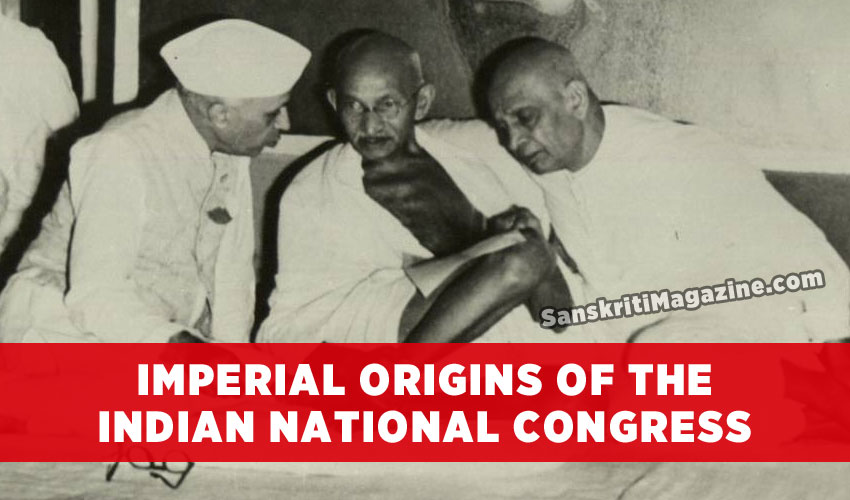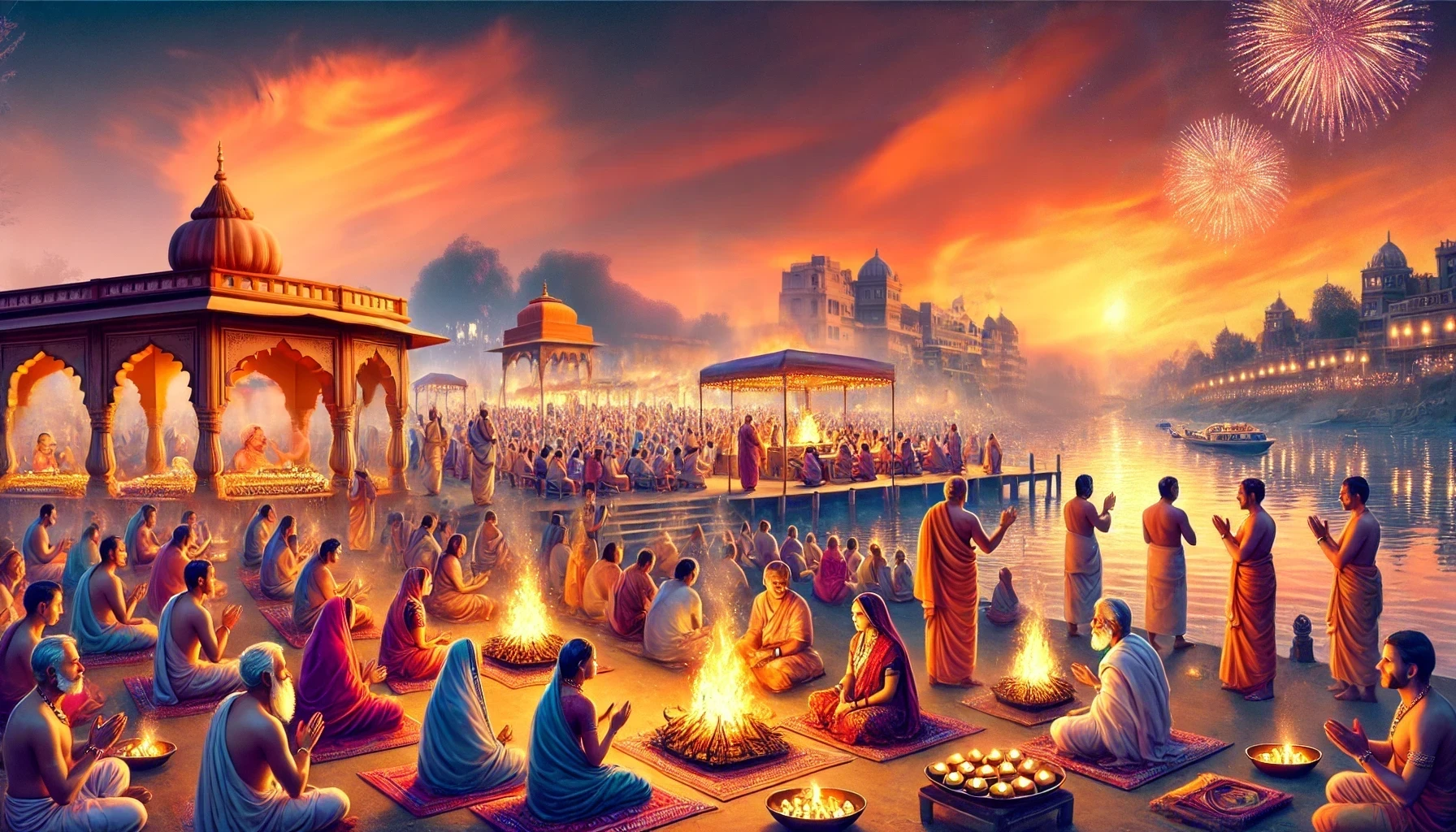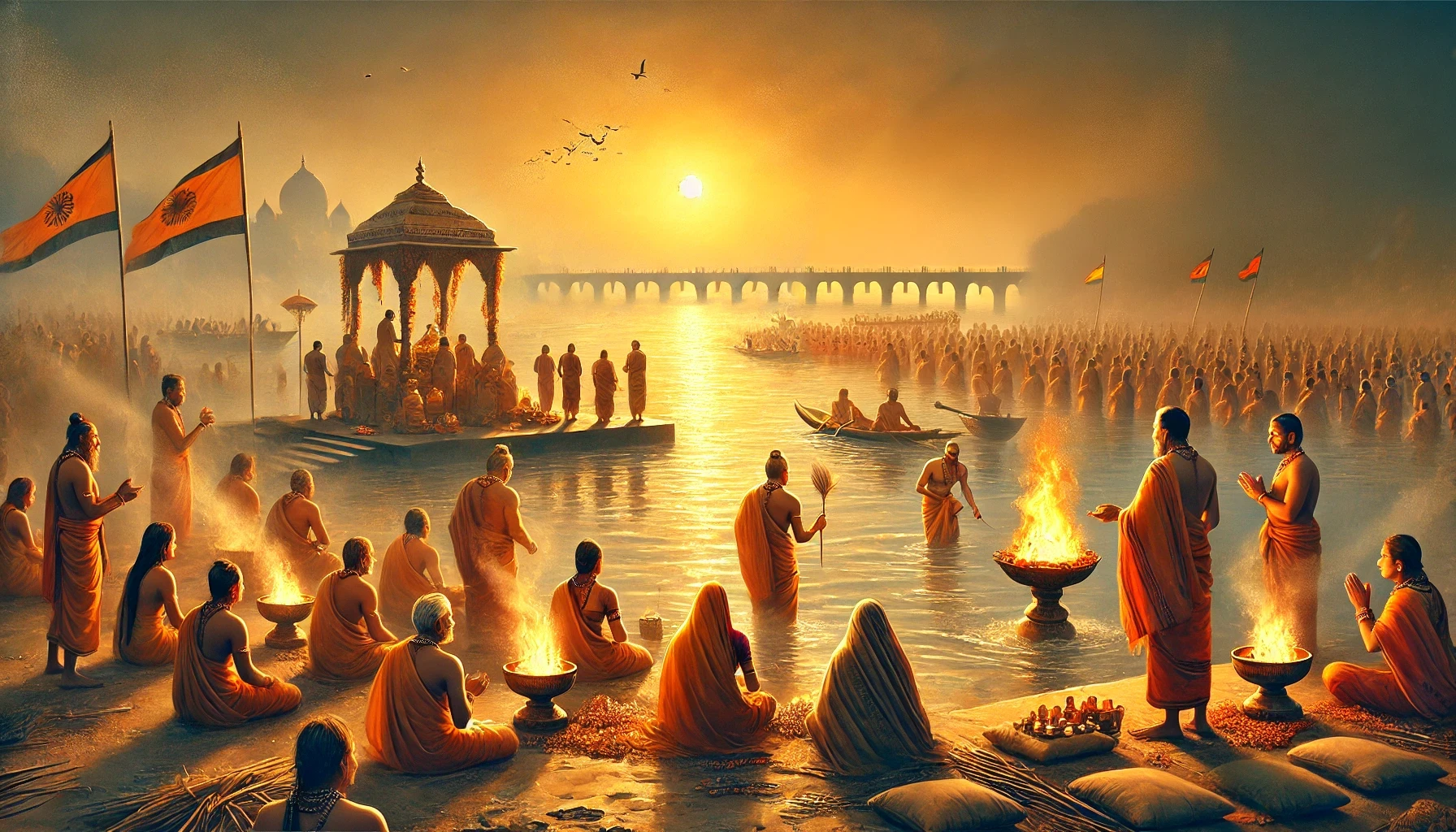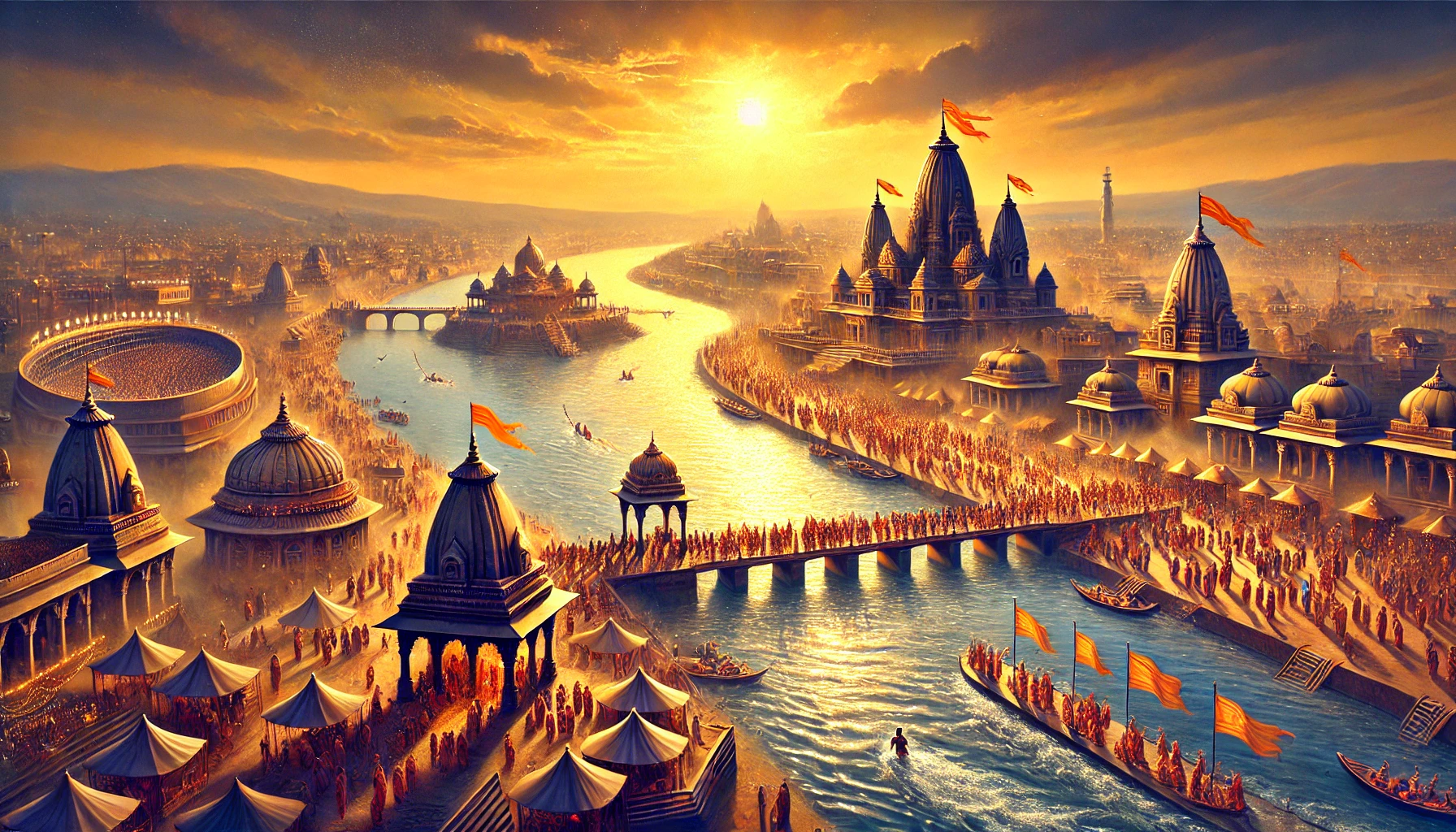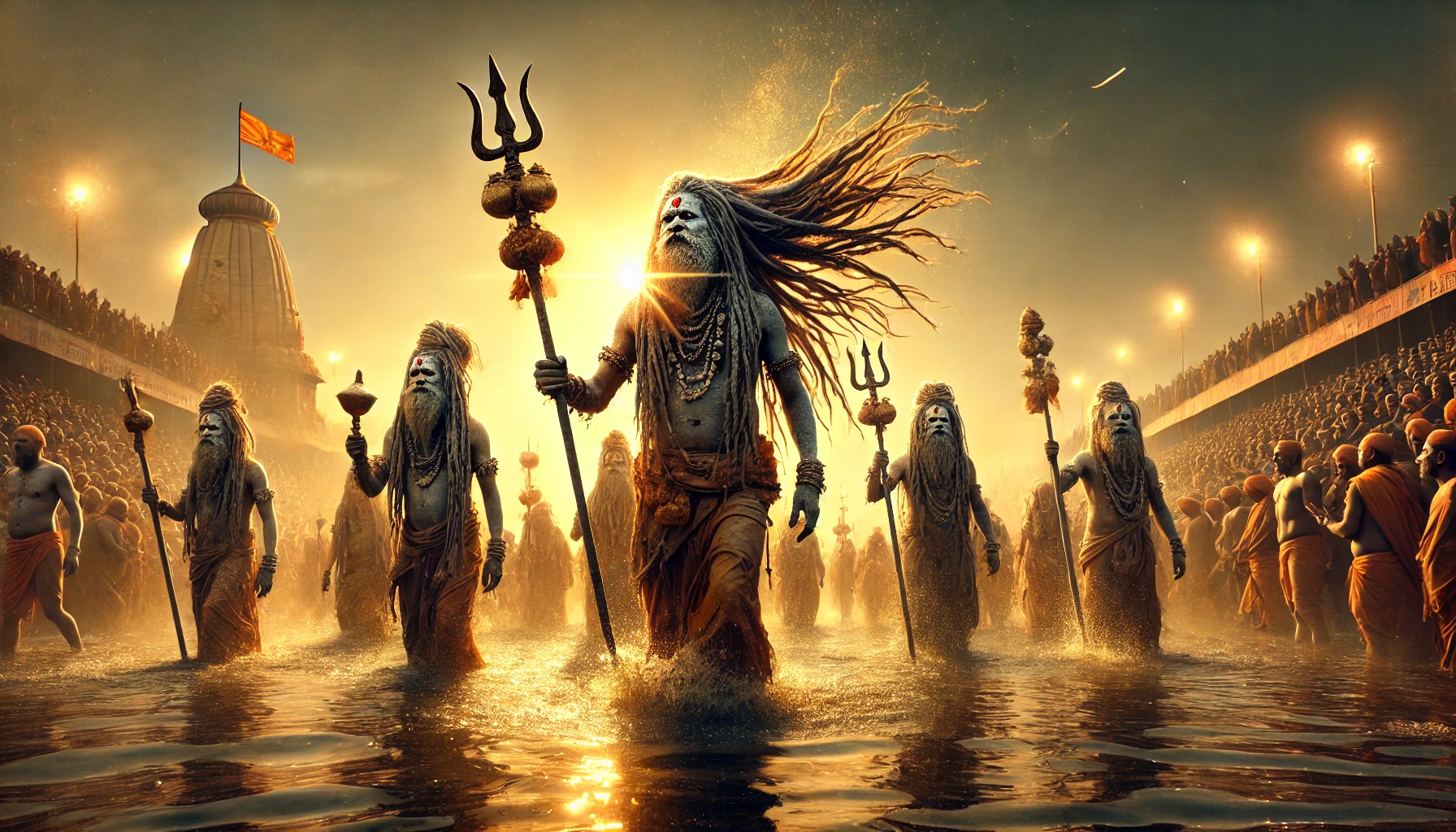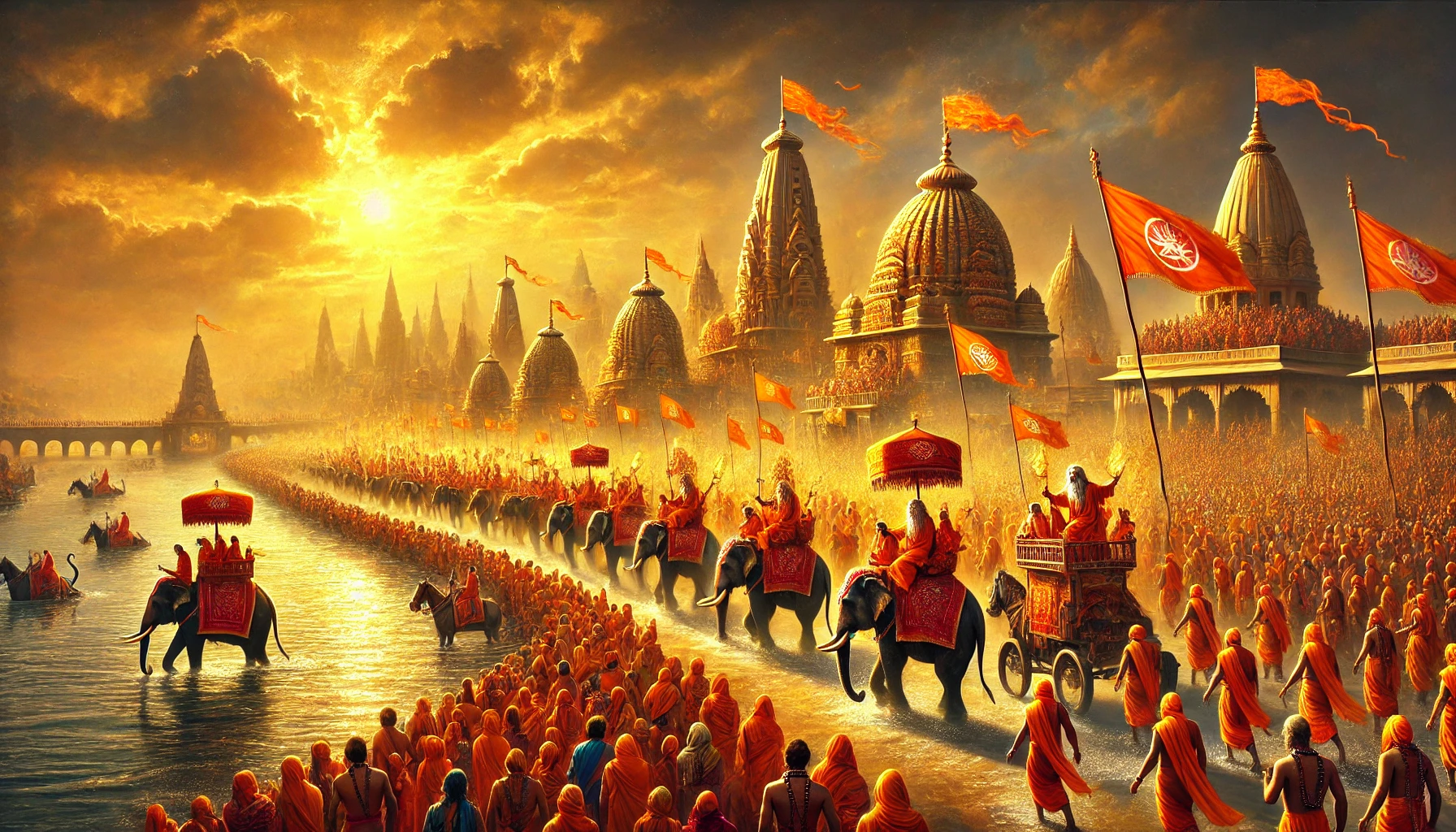The anti-Hindu ways of the Indian National Congress first showed up in August 1906 over the issue of who should be nominated for President-ship of the Calcutta Congress in December. Exactly one year later, in December 1907, the INC would split in Surat on the same issue. And it was on the same issue of who would be President—Nehru or Sardar Patel—that Gandhi in 1946 drove his anti-Hindu sword fatally into the body of the Indian nation.
It was generally accepted in the CWC that the person who would be elected President in 1946 would become the Prime Minister of the country after independence. Gandhi, in the typical manner of all despots, overruled the will of the majority Pradesh Congress Committees who wanted Sardar Patel as President, and unilaterally chose his blue-eyed boy Nehru for the post. However, instead of communicating his preference directly to Patel, Gandhi asked JB Kripalani to order Patel to withdraw his nomination.
It is beside the point that Patel did not nominate himself. It is quite amazing when one notes the fact that Gandhi was not even a half-anna member of the INC. Therefore if Gandhi did not have the organizational locus standi to ask Patel to step aside ignoring the clearly laid-down democratic procedure for selecting the President and in the process undermining the authority of the Pradesh Congress Committees, then Patel too did not have the right to unilaterally withdraw his nomination just because the Mahatma asked him to. But that was the Mahatma, that was the spineless Congress and that was Patel and other luminaries of the INC who like Bhishma failed to make the critical distinction between national interest and the Mahatma’s self-interest.
Aurobindo and Tilak were dangerous to Empire
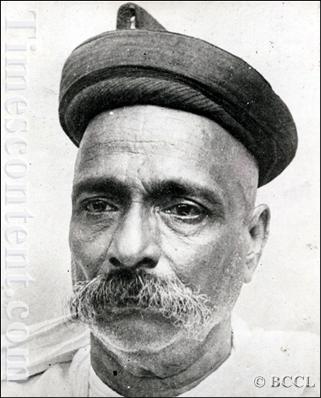 The tussle for President-ship in 1906 came at a time following Lord Curzon’s Partition of Bengal in October 1905. Aurobindo with his brother Barin Ghosh, Bhupendranath Datta (younger brother of Swami Vivekananda), and other revolutionaries of Jugantar, an offshoot of the Anusilan Samiti, launched the Swaraj, Swadeshi and Boycott movement which was hailed and supported by Lokmanya Tilak, the most towering political leader at that time with an unsurpassed mass following across provinces.
The tussle for President-ship in 1906 came at a time following Lord Curzon’s Partition of Bengal in October 1905. Aurobindo with his brother Barin Ghosh, Bhupendranath Datta (younger brother of Swami Vivekananda), and other revolutionaries of Jugantar, an offshoot of the Anusilan Samiti, launched the Swaraj, Swadeshi and Boycott movement which was hailed and supported by Lokmanya Tilak, the most towering political leader at that time with an unsurpassed mass following across provinces.
It is not mere coincidence that both Aurobindo and Tilak embarked upon their mission to Hinduize the INC in 1893. Aurobindo with his merciless and brilliant political writings which began in 1893 through Old Lamps for New in Indu Prakash and Bande Mataram, and Tilak through his blistering political commentary in Kesri and Mahratta and also by galvanizing Hindus in a ten-day long public celebration of Ganesh Utsav which also began in September 1893.
Both Aurobindo and Tilak used Hindu religious symbols and metaphors to awaken in the people a passionate desire for political freedom. The British government considered Tilak and Aurobindo the two most dangerous threats to their rule because they were infusing Hindu nationalism into the INC and thus subverting the very purpose for which the INC was created.
The Age of Consent Bill in 1891, moved by Sir Andrew Scoble seeking to raise the marriageable age of Hindu girls from 10 to 12 years. Violent Muslim protests to Ganesh Utsav erupted in August 1893 in Mumbai, and the ensuing Hindu-Muslim riots which left 80 people dead and over 500 people injured, goaded Tilak and Aurobindo to mobilize and organize Hindus into a cohesive social and political force and to transform the INC into a political vehicle to serve Indian interests.
The British government, sensing the dangers of heightened political consciousness and growing voices for independence from colonial rule resulting from the First War of Independence in 1857, got AO Hume, a retired ICS officer to manufacture the Indian National Congress in 1885. The British Empire wanted to redirect political consciousness among Indians to serve the cause of the Empire.
English-educated Indians – rich and influential Hindus (MG Ranade, Bal Gangadhar Tilak, Aurobindo Ghosh, Gopalkrishna Gokhale, MK Gandhi, Surendranath Bannerjea) and rich and influential Parsis (Pherozeshah Mehta, Dadabhai Naoroji, Dinshaw Wacha and Mancherjee Bhownagree) who were educated in London or in Europe and in the best British educational institutions in India, (Elphinstone College, Fergusson College, Deccan College, Bombay University, Presidency College in Madras and Calcutta and the Kumbakonam College), were given leadership positions in the INC.
The President-ship of the INC remained with white British citizens and the rich and influential English educated Hindus and Parsis. This group of empire loyalists including Gandhi, which perceived both Tilak and Aurobindo as being obstacles to their own rise did nothing to challenge or stop the British government when it removed Tilak and Aurobindo forcibly from political public life.
Gandhi endorses empire loyalist judge’s sentencing of Tilak
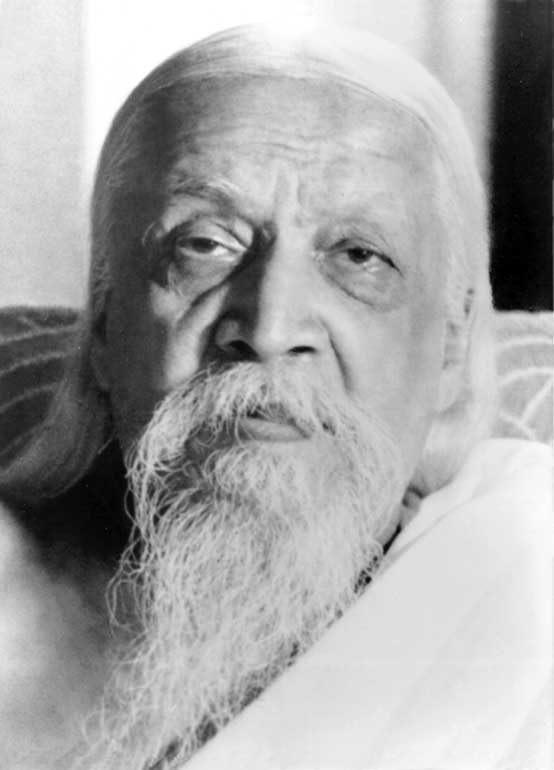 The INC, both leaders and members, until the advent of Gandhi, was limited to English educated Indians. After Gandhi returned to India from South Africa wearing around his head the halo of “the saint” donated by Gen. Smuts, membership of the INC included all sections of Indian society but the leadership remained with Gandhi and Gandhi alone until the vivisection of the Hindu nation in 1947. After Gandhi, the leadership of the INC, as manipulated by the Mahatma, passed on to Nehru and has since remained almost exclusively with Nehru’s family.
The INC, both leaders and members, until the advent of Gandhi, was limited to English educated Indians. After Gandhi returned to India from South Africa wearing around his head the halo of “the saint” donated by Gen. Smuts, membership of the INC included all sections of Indian society but the leadership remained with Gandhi and Gandhi alone until the vivisection of the Hindu nation in 1947. After Gandhi, the leadership of the INC, as manipulated by the Mahatma, passed on to Nehru and has since remained almost exclusively with Nehru’s family.
Many influential Hindus and Parsis were also coopted into the British government and administration – as Judges, advocates in the Bar and as members of the Governor-General’s Council and Viceroy’s Council. One such Parsi judge was Dinshaw Davar who sentenced Tilak in 1909 for seditious speech and writing to six years transportation to Mandalay. Judge Davar, the empire loyalist, at the time of sentencing, observed:
The two articles are seething with sedition, they preach violence and only a diseased mind, a most perverted mind can think that the articles that you (Tilak) have written are legitimate articles to write in political agitation.
Soon after Justice Davar sentenced Tilak to six years imprisonment in Mandalay, Imperial Britain rewarded Justice Davar with a knighthood:Dinshaw Davar became Sir Dinshaw Davar.
Gandhi echoed Justice Davar’s observations about Tilak and Auribindo’s writings when he was asked to comment on Madanlal Dhingra’s assassination of Sir Curzon Wyllie, Private Secretary to Lord Morley in London, in July 1909. Not daring to name Tilak, Aurobindo or Savarkar, Gandhi remarked:
Mr. Dhingra’s defense is inadmissible. In my view he has acted like a coward. He was egged on to do this act by ill-digested reading of worthless writings. It is those who incited him to do this that deserve to be punished. In my view Mr. Dhingra himself is innocent. The murder was committed in a state of intoxication. It is not merely wine or bhang that makes one drunk; a mad idea also can do so. (CWMG Vol.9 pp 428-29; Radha Rajan, Eclipse of the Hindu Nation, pp 117-118)
What Gandhi called a “mad idea” was total independence from alien rule by any and all means. Tilak summed it up in one sentence – Swaraj is my birthright and I shall have it. Aurobindo expressed the urgent need for political freedom no less brilliantly:
Liberty is the life breath of a nation, and when that life is attacked, when it is sought to suppress all chance of breathing by violent pressure, then any and every means of self-preservation becomes right and justifiable – just as it is lawful for a man who is being strangled, to rid himself of the pressure on his throat by any means in his power. It is the nature of the pressure that determines the nature of the resistance. (The Doctrine of Passive Resistance, part 3, Its Necessity, Bande Mataram, April 11-27, 1907, pp 97-98)
Gandhi is built up as a celebrity-saint
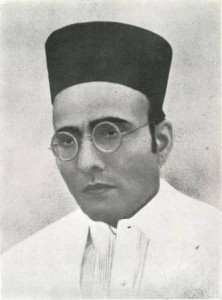 After his return from South Africa, Gandhi, emboldened by the support he got from empire loyalists in the then INC, arrogated to himself the status to comment upon towering Hindu nationalists of the time although he had little to show for himself except propaganda about his saintliness which included a biography penned by Joseph Doke a Christian priest in South Africa.
After his return from South Africa, Gandhi, emboldened by the support he got from empire loyalists in the then INC, arrogated to himself the status to comment upon towering Hindu nationalists of the time although he had little to show for himself except propaganda about his saintliness which included a biography penned by Joseph Doke a Christian priest in South Africa.
Another timely biography on Gandhi, The Christ of the Indian Road by another Christian missionary, Stanley Jones was published in 1925. Stanley Jones (1884–1973) was a 20th-century Methodist Christian missionary and theologian. He is remembered chiefly for his inter-religious lectures to the educated classes in India, thousands of which were held across the Indian subcontinent during the first decades of the 20th century. According to his and other contemporary reports, his friendship for the cause of Indian self-determination allowed him to become a friend of leaders of the up-and-coming Indian National Congress. He spent much time with Mohandas K. Gandhi, and the Nehru family. He is also the founder of the Christian Ashram movement.
Reacting to Dhingra’s assassination of Curzon Wyllie when Gandhi remarked that those who incited Dhingra to pick up arms against the British government deserved to be punished, he was referring to Savarkar. Tilak was imprisoned in Mandalay and Aurobindo who was arrested in 1908 in the Alipore Bomb Case (not for planting the bomb but like Tilak for his passionate writings demanding political freedom), was released in May 1909 and had retreated to Pondicherry to safely pursue spirituality.
Only Savarkar remained and Gandhi wanted him removed too.
~ Radha Rajan, a Chennai-based political analyst. She is also author and animal activist.

